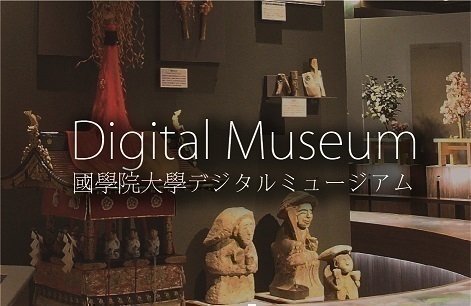- トップ
- Encyclopedia of Shinto
- Shikinensai
Encyclopedia of Shinto
| Main Menu: | |
| Links: |
詳細表示 (Complete Article)
| カテゴリー1: | 5. Rites and Festivals |
|---|---|
| カテゴリー2: | Shrine Rituals |
| Title | Shikinensai |
| Text | Rites held in prescribed years. Rites of this type are broadly divided into those held at shrines and those held for the imperial ancestors at the palace. Shikinensai held at the palace are conducted according to the Ordinance of Imperial Household Rites (Kōshitsu saishirei) of 1908. The Ordinance categorizes rites for the three most immediate past emperors, the previous empress and the dowager empress (if no longer living) as ‘major rites' (taisai), while other shikinensai for more distant generations of imperial ancestors are ranked as ‘minor rites' (shōsai). These ceremonies are conducted on the first, third, fifth, tenth, twentieth, thirtieth, fortieth, fiftieth and hundredth anniversary of an emperor's death, with subsequent ceremonies at one hundred year intervals. A ceremony for Emperor Jinmu and one collectively commemorating all the previous emperors are also held annually. When these coincide with shikinen years, the shikinen rites are performed instead. Well known examples of shrine rites performed at fixed year intervals include those of the Dazaifu Tenmangū, Kitano Tenmangū, and Nikkō Tōshōgū at fifty year intervals, the shinkōsai held elve year intervals at the Kashima Shrine and Katori Shrine and the onbashira-sai held at seven year intervals at Suwa Taisha The shikenen sengū of the Grand Shrines of Ise is also one type of shikinensai. — Inoue Nobutaka |




